The woman speaking today is named Victoria. She is 50 years old and in the past five years has finally stopped picturing her father’s gun pointed at her head.
She used to hear her mother’s body as it slammed against the wall, but thought her mother was weak and boring. Her father was charismatic, charming. Once, when she rode her bike to a boy’s house, Victoria’s father followed her in his car, brought her home, and held a gun to her mother’s head, saying, “If you ever allow her to do that again I’ll kill you.”
Sometimes, Victoria says, if she or her brother did something wrong, their father would threaten to kill their pets.
In San Francisco’s San Bruno jail, Victoria is telling her story to dozens of inmates, who are sitting silently in rows of blue plastic chairs. I’ve joined them as part of my decade-long research into domestic violence, trying to understand why it occurs and what we can do to stop it.
She used to hear her mother’s body as it slammed against the wall
The men here wear matching orange jumpsuits, laceless white shoes. Some have long sleeves under their jumpsuits. Some have tattoos on nearly every visible inch of skin: fingers, necks, faces. For most of them, it’s the first time they’ve ever sat, quietly, and listened for several hours as someone talked about domestic violence in her life.
One day, when she was 16, Victoria says, she heard her mother’s body once again, thump, thump, thumping against the wall. By now she had stopped calling the police. (“Oh, that little lady is tough,” she remembers hearing during one of her many 911 calls.)
And then her mother escaped the bedroom and ran to the car. Victoria dashed outside behind her. “He tried to kill me,” her mother said, breathlessly. “You have two seconds. You can get in the car or not.”
Victoria froze. Stay. Go. Stay. Her mother started the engine. Victoria stayed.
“For years I carried the guilt of being the one who stayed,” she tells the men. “I became anorexic.”
For many of the men here, it’s not merely the first time they’ve ever really listened to a survivor of domestic violence tell her story, it’s the first time they ever considered how trauma and violence can have a long-term impact on someone. Many of them wipe away tears.
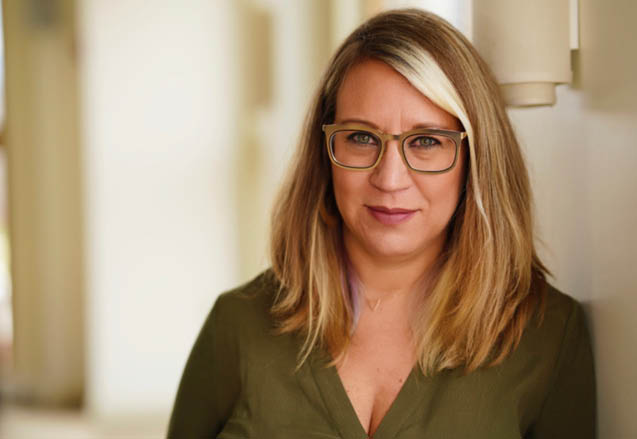
“My dad used to write men in prison who’d killed their whole families and tell them they were brave,” Victoria says. “I always had the sense that something bad was going to happen.”
She says that eventually, as an adult, she realised how bad he was and she cut him out of her life. She found her mother and they reconciled. She had always remembered her mother as loud, as screaming and yelling, but she says she has learned that her mother is actually quiet and keeps to herself. Victoria lives near her now.
One Father’s Day she decided she’d see her dad at a restaurant. It had been years, but she immediately recognised his glassy-eyed look. When she, her brother, and their father walked out of the restaurant after an uncomfortable breakfast, her father put his arm around her and whispered, “I have a gun in my sock. I was going to kill the family, but I took one look at you and I could not.”
It was the last time she ever saw him. She keeps her daughter away from him now. “You’ve heard the saying ‘hurt people hurt people,’” she says to the men gathered. “Well, I also think healed people heal people.”
I always had the sense that something bad was going to happen
The men are allowed to ask questions afterward. They are sheepish, almost reverent when they stand to speak. Some are trembling as they raise their hands. She is asked how her relationship with her daughter is compared to that of her own mother. (“Completely different”; she won’t even raise her voice.)
She is asked if she forgives her father. (“No.”) She is asked where her father is now. (“No idea. Southern California, maybe.”) She is asked if she dated men like her dad. (“Narcissists, yes. And players.”)
And then one guy gets up, a young guy in his early 20s, his hands visibly shaking, holding a ratty notebook, and he half raps/half recites a poem he wrote, just then, for her, about her victimhood, and then her survival, about how brave she was.
By the time he’s done, Victoria is crying, and a good number of the men have tears in their eyes. In the afternoon, they talk through her story in small groups, contextualising what they recognise from the curriculum and attaching it to their own incidents of violence — Victoria was verbally threatened; her father blamed her and denied wrongdoing, thereby refusing to take responsibility for his violence, and he was physically violent toward her mother; Victoria was emotionally violated; she was manipulated by her father.
The talk about their own incidents of violence, times they also denied any wrongdoing, moments they manipulated or verbally threatened partners, instances of trivialising their own violent events. They begin to see, some of them for the first time ever, the effect their violence may have had on their victims. That is to say, they begin to see the world through someone else’s eyes.
“Now imagine,” a facilitator named Reggie says to them, “if that was your child up there where Victoria was standing. What would your kid say about you?”
*****************************************************
The San Bruno program is called Resolve to Stop the Violence (RSVP) and it began in the late 1990s, after a pioneering prison guard, Sunny Schwartz, convinced the San Francisco sheriff to fund her vision.
At its inception, RSVP was a year-long program, a six-day-a-week, 12-hours-a-day immersion aimed at restoring violent men to contributory, non-violent members of society. The core goal was making them take responsibility for their violent behaviour and learn alternatives, but Schwartz’s program also addressed substance abuse, child abuse, mental health. It began each day with meditation and ended each day with yoga.
Challenging gender norms, specifically how men and women are conditioned by social and cultural standards, and how men are taught violence to solve their problems and women are supposed to be subservient to their men, was at the core of the curriculum. For many of the men, it flipped everything they thought they knew about their world.
They begin to see, some of them for the first time ever, the effect their violence may have had on their victims
Schwartz didn’t want to just hope RSVP worked. She wanted to know, unequivocally. So she called in two of the country’s foremost violence researchers to study her program, James Gilligan and Bandy Lee. Another wing of the prison was their control group. They tracked multiple data, including violent incidents in both the RSVP and the control wings (or pods), recidivism rates, and violence within communities after offenders were released.
The results, by almost any calculation, were stunning: the recidivism rates dropped by 80 per cent and those who did wind up back in jail tended to be for non-violent crimes, like drugs or road offences. And researchers found that once offenders were released back into their communities, if they’d gone through the program in its entirety, they often became voices of non-violence.
It’s been twenty years now since RSVP began, and despite the success of the program, it’s been replicated in fewer than half a dozen jails, most of them overseas. While it retains its basic organization, rather than six days a week, twelve hours a day, RSVP is now more like five days a week, six hours a day. This is partly because funding programs for incarcerated people is often a challenge depending upon who’s been elected and what priorities exist inside a world of limited resources.
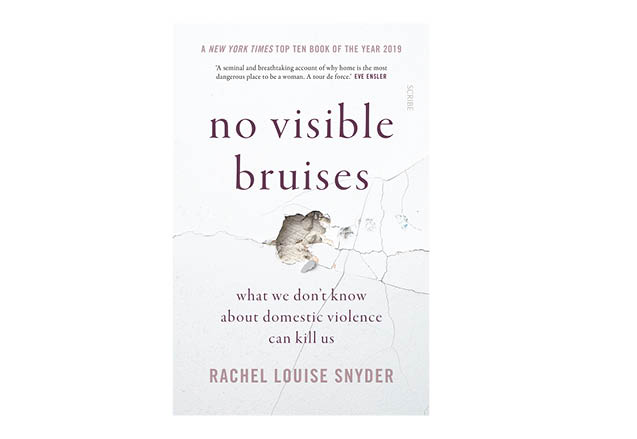
Schwartz, who has retired, is happy to see RSVP still ongoing, but disappointed at the lack of replication. “Why isn’t [RSVP] the rule rather than the exception?” she asks.
We’re sitting in a diner, Schwartz in jeans and a t-shirt, her dark brown hair threaded with grey. She is a commanding presence in person, tall and powerful. It frustrates her that there are so few resources available to those coming out of the RSVP program and back into civil society. Things like job training, meditation, parenting classes, alcoholics and narcotics anonymous, housing support, twelve-step programs, art and humanities therapies, and educational opportunities.
These guys go through RSVP, she told me, and they learn all this stuff about gender, about themselves, about culture and society and violence and communication, and then they walk back into a world in which all of those challenges are real again, plus all of those threats and all of that pain, and they’re just more or less on their own.
The United States spends as much as 25 times more on researching cancer or heart disease than it does on violence prevention, despite the enormous costs of violence to our communities. Prison creates more violence in our communities, not less. And so, Schwartz asked me, “What is our alternative?”
This is an edited extract from No Visible Bruises: what we don’t know about domestic violence can kill us by Rachel Louise Snyder published by Scribe $35.00




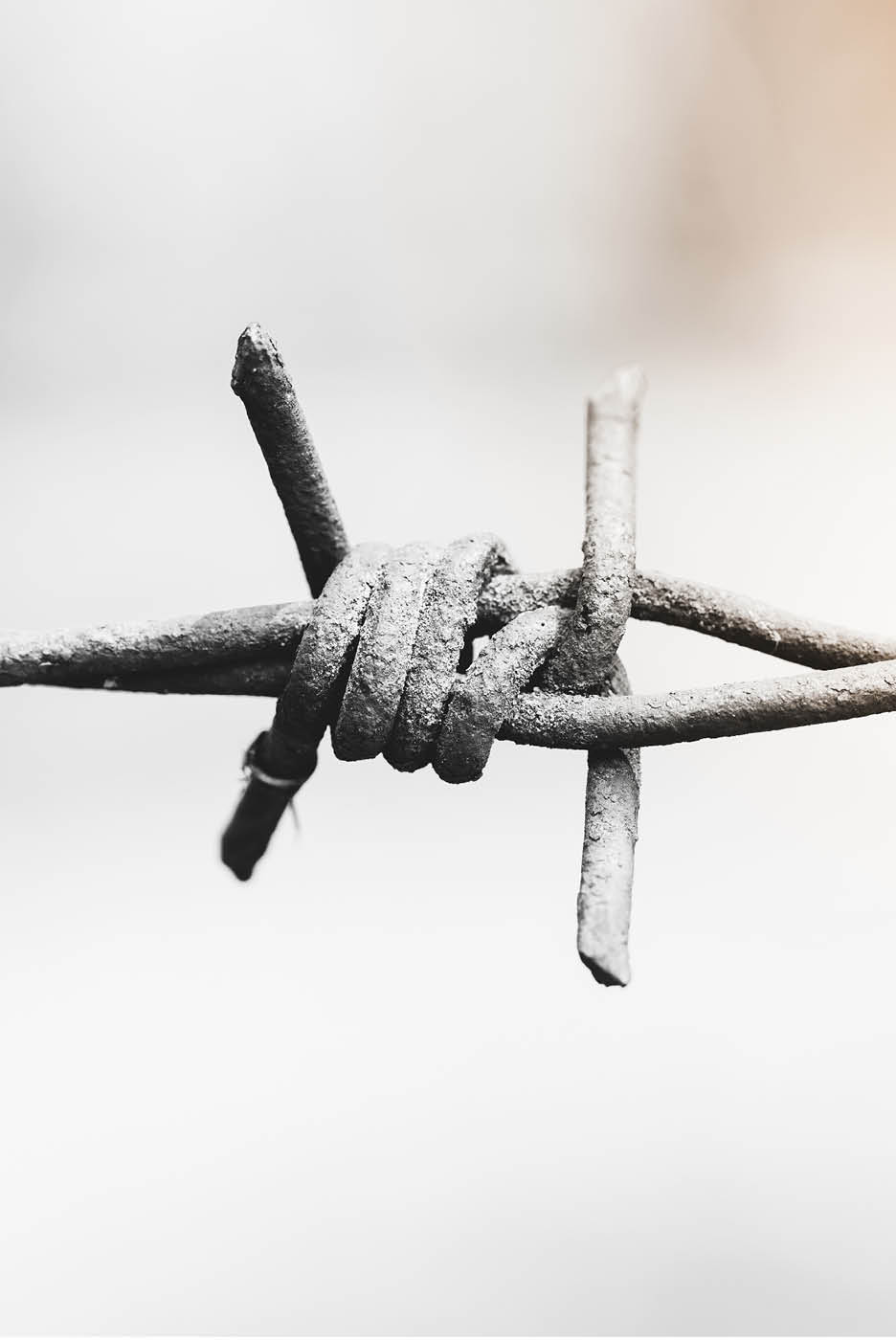
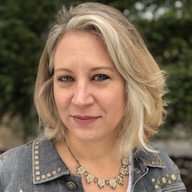

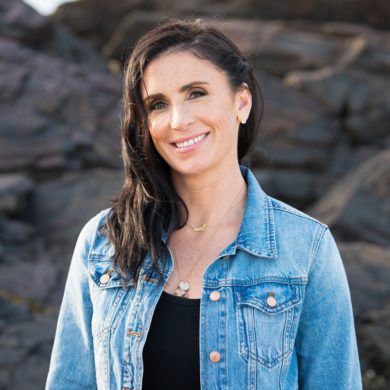
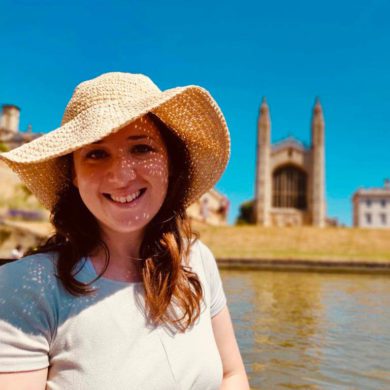




No Comments